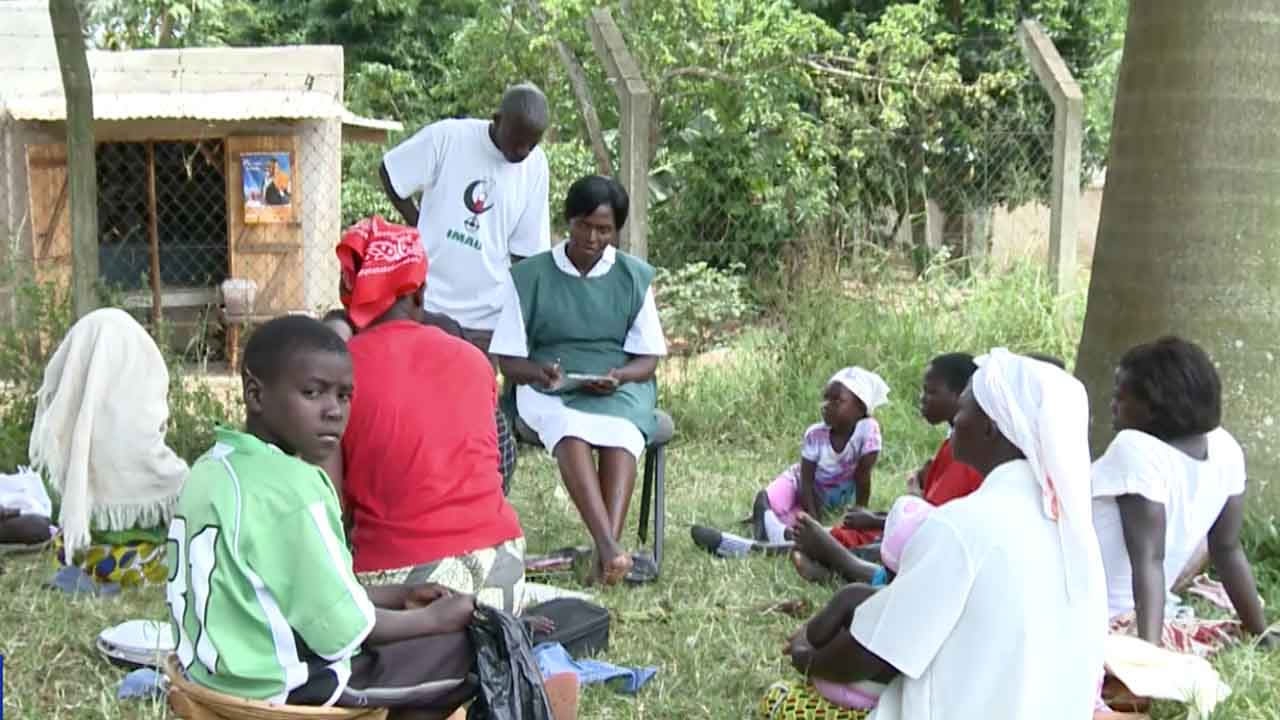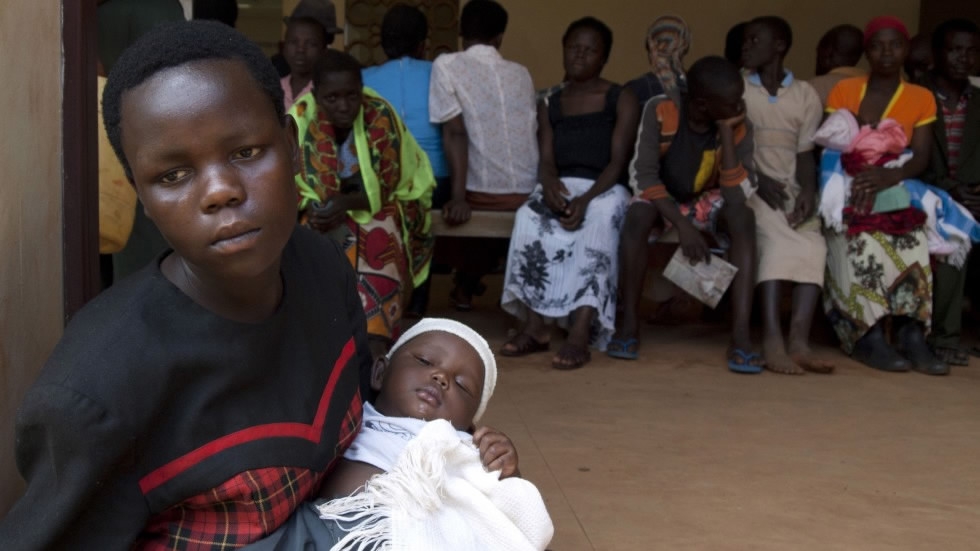
World
11:31, 20-Aug-2017
HIV prevalence goes down by 1.3% in Uganda
CGTN Africa

Uganda is making great progress towards its goal of having an HIV-free population by 2030. HIV rates in Uganda have dropped by 1.3% in the last five years.
Health officials have attributed this success to the prevention strategies.
"From identification through testing, linking to care and making sure that all those that have been linked to care are effectively treated, tested for viral load through the monitoring systems that we have and that they have suppressed their viral load. It's going to be something that we are going to work on very aggressively," Dr. Joshua Musinguzi from Uganda AIDS Control Program said.
The survey shows Uganda has done well in bringing down infections in new-borns but it's still dealing with high incidences of the disease in adolescents.

Women queue to get their babies tested for HIV in Uganda. /AFP Photo
Women queue to get their babies tested for HIV in Uganda. /AFP Photo
"We are glad to see that the prevalence of HIV is now 6% in adults, lower than previous studies. While the infection rate in children is very low, we need to work together to ensure zero new infections in children," Dr. Lisa Nelson from Center for Disease Control said.
The study's results also show that almost 60 percent of infected adults have minimal levels of the HIV virus in their bodies, which means they will live longer without complications from HIV.
Uganda's Ministry of Health says it's working on more awareness campaigns on the dangers of the HIV virus.
And with the US commitment to continue funding HIV programs, there is hope that the HIV infection rates will even go lower.
9470km

SITEMAP
Copyright © 2018 CGTN. Beijing ICP prepared NO.16065310-3
Copyright © 2018 CGTN. Beijing ICP prepared NO.16065310-3